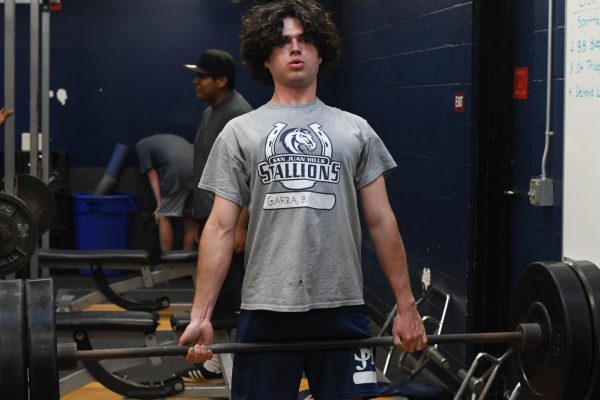New Assessment Will Enhance Test Experience In The Future
The time has come for state testing to get an update. California has made the decision to join a majority of the nation, as well as several other regions, in introducing the Common Core State Standards Initiative (CCSS) for the 2014-2015 school year.
However, while many anticipated our current year to be somewhat of a resting period, the Smarter Balanced assessment has been approved to fill up the space in preparation for the transition.
The assessment, administered to grades 3-8 and grade 11, will establish a baseline for the legitimate state test; from there, experts will be able to modify the current versions of the test to create a more efficient testing experience.
While it initially sounds like a fair amount of inconvenience for those administering the field test and those being evaluated, everyone can expect a smoother by the spring of 2015 as a result of the assessment and the lessons learned from administration of the field test.
Concerns have risen as to how schools deliver an all-computer test when some do not possess enough technology. But SJHHS and other schools are working out a plan for rotating students through existing computer stations until all juniors have completed the assessment. They don’t need to take it all at the same time.
Hearing about what the test items are from friends won’t really matter in the future as the tests will be adaptive, changing based on the test takers input. Though the versions tested this year will not be adaptive, the results will not be reported.
Students and faculty will not be receiving results post assessment. The scores will be kept solely for the benefit of Smarter Balanced test development, but that does not dismiss the significance of the test. While students will not be individually impacted by their own results, the numbers collected at the end of the testing period will determine the difficulty and approach to versions taken and created in years to follow.
Ultimately, Smarter Balanced can be considered a “test of the test,” checking the system for any bugs and seeing whether it’s deliverable to students in all districts. It may seem unfair, and completely futile to the juniors taking it, but everyone involved needs to understand how the experiment will benefit the actual test.
Your donation will support the student journalists of San Juan Hills High School. Your contribution will allow us to cover our annual website hosting costs.

Senior 2014. This is my second year on The Express newspaper staff here at San Juan Hills. Last year I worked as an editor for A&E, covering everything...





